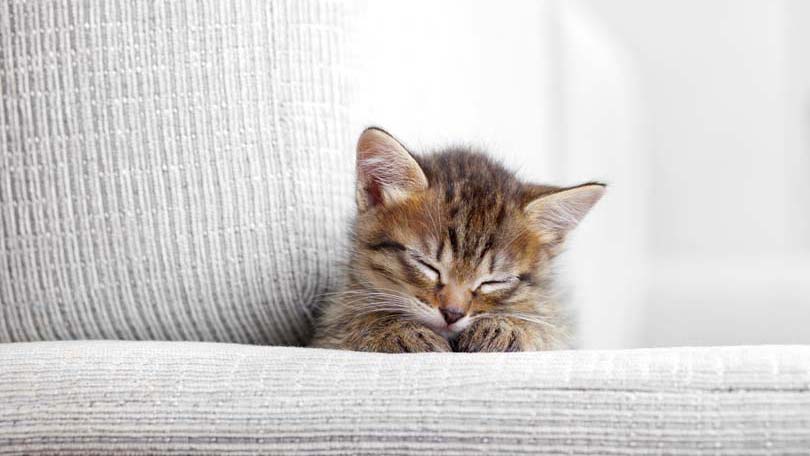
Cats have their own minds and their own mission, regardless of whether or not our furniture gets in their way. When chasing after that illusive fly, cats tend to not notice, or care, that they are leaving their little paw prints over the glass tabletop three minutes before your in-laws are coming to your house for the first time. They are also well aware that the sofa cushions are softer and more luxurious than the bed that you got for them, so why on earth wouldn’t they crash out there? Keeping a cat off the furniture can quickly turn into a full time job, and will most definitely become a life long battle if you make an exception to the rule even if was just that one time.
Many experts agree that keeping all of your furniture and every table top completely kitty free might be unrealistic. You may be able to train the cat to stay off some of the furniture but unless your cat is an exceptional learner, all of the furniture might be expecting too much. It is within a cat’s “natural need element” to find ways to elevate itself. It is part of their primal instinct they still carry from the wild. After all, height implies safety to a cat.
That said, your level of patience and persistence is going to have a lot to do with how successful your cat is. If you become easily frustrated, then you might as well not even try. If you are inconsistent, again, stop while you’re ahead of the game. Cats have an innate sense to pick up on small inconsistencies, and use them to their advantage.
If you’re going to train your cat to stay off the furniture, you should start immediately. Allowing them on the furniture when they are young only to change your mind when they become a full grown cat, you’re in for serious troubles. It can still be done, but it works best if you start right off the bat.
Hitting and smacking are really not the way to go. The only thing that you are teaching them by using this method is that every now and then you’re prone to violence in their direction. Most cats can not make the connection to a swat and being on the couch pillow. Hitting an animal is just plain cruel. They do not understand the reason for the infliction, and will only grasp that their trust in you is misplaced.
There are a few training kits out there on the market, each advertised with “every training accessory needed to keep your cat off the furniture. While you may be able to accomplish your goal with one of these kits, the general reviews regarding them are rather mixed. Some people swear by them while others found them a waste of money. This tells us one of two things. Either the people who gave them a thumbs up used them correctly and those who gave them a negative review didn’t, or some cats will respond to these kits better than others. If you’re considering one of these kits, then research it well, know what you’re getting, and make sure you understand every direction and follow them to a tee.
There are of course, other methods that can be employed when trying to keep a cat off the furniture. Cats do not like sudden sounds or sudden senses. Using something sharp and quick, like a loud and effective hiss or even a squirt from a water bottle can get the message through pretty vehemently that their behavior results in the reaction. You will, however, need to be nearly instantaneous with your reaction time. As soon as the cat’s paws touch the furniture, you need to be there ready to correct. If you walk into the room to find the cat sleeping on the sofa, he will associate the action (sleeping) with the sudden displeasure over the environment the action is taking place in (the couch.) Instant action is the best reprimand.
If you do happen to encounter your precious feline happily dozing in areas they don’t belong, immediately remove him from the furnishing and tell him “down,” in a voice that leaves no doubt than you mean business. While this is not as effective as instant action, it may eventually help when coupled with instant action.
Of course, when you are not at home, your little guy is going to feel as though he can get away with anything. This presents a problem during a training period when you need to heavily rely on the consistent actions and reactions.
Start by rolling wads of tin foil into large balls and then cover the furniture which you are including in the training with these balls of foil. In many cases, 4 to 6 weeks of leaving this type of deterrent around in your absence should be enough to keep your adventurous one from climbing up on the furniture while you are not present. You’ll be able to tell whether you were successful or not by the position of the wads. Give it several days before deciding that it is not working. Your cat may make a few tried, only to leap down right away. If after a few days, the wads have obviously been moved or even played with daily, move on to balloon. The balloons are filled, ready to pop, and laid out with the same plan as the tin foil wads.
Keep at it and you are likely to be successful. Keeping a cat off the furniture is a continuous process that will rely on your ability to permit your own stubbornness to over ride his.
